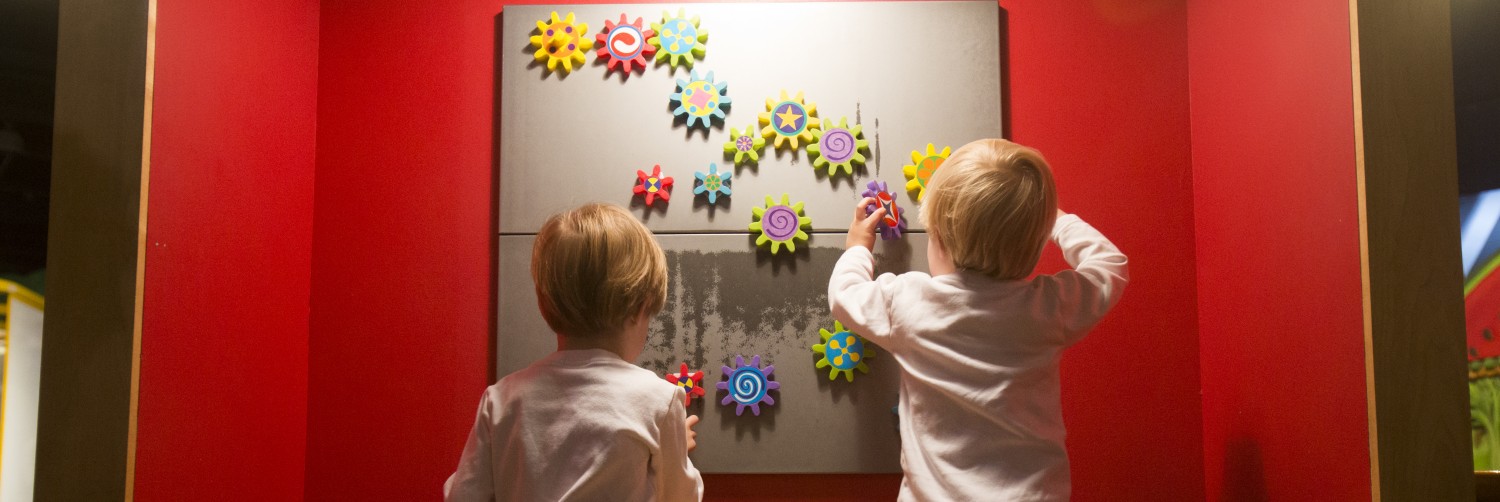On January 19th 2006, a rocket lifted the New Horizons probe from the surface of the Earth, never again to return. At the time of this writing, the early afternoon of July 14th 2015, the probe has completed its flyby of Pluto. For some NASA scientists, today is the most important day out of the three-thousand, four-hundred and sixty-three that have passed since launch. Those few thousand days include others with their own special importance, however. Through my office door I can hear the low, joyful roar of children playing here at the museum. Save for a handful of older kids, each of those girls and boys marks one of those days since January 19th of 2006 as their birthday. For their whole lives, this piano-sized, plutonium-powered robot has been speeding through empty space at velocity of over nine miles per second away from the sun. And they are all still going strong, on paths unknown.

I was born in the year 1985 in Huntsville, Alabama. As a child, I made regular visits to the U.S. Space and Rocket Center located there; space exploration fascinated me then as it does now. My interest in rockets and astronauts dominated the design choices of my childhood bedroom, which featured a hanging mobile of the solar system. Pluto, then included as a planet (but what’s in a name?), was represented as a grey, mostly formless rock. That was our best guess at the time as to what it would look like. We now know, though just for the past few weeks have we known, that to have been an error. Pluto, as it turns out, is a ruddy world with varied geographic features. Certainly the original guess could have ended up being accurate, but as it stands this serves as a perfect example of my belief that inquiry and exploration are practices that enrich our world. Learning and understanding are value-adding courses of action. Pluto is a real place and, standing beneath it in the night sky, the only thing between it and you is the distance and a few miles of air. We now know what it looks like. We didn’t before.
The kids I work with on a daily basis as the science educator of this museum are in the business of exploring the universe around them. They are aligned in this sense with the grownups of the world who have gotten jobs as scientists, and certainly some of the voices I hear even now outside my door will one day deliver presentations at important academic conferences or discuss the design of an experiment late into the evening with researcher peers. Regardless of job title, however, it is my personal and professional goal that visitors to our museum, young and old alike, gain some kind of new appreciation for this world and those around us. Science is one of the tools that I have to assist with that, and a wonderful thing about using science is the fact that it can show us how interconnected everything truly is. The gravity on Pluto is not as strong as Earth’s, but it follows the same rules as the gravity on Earth. Understanding how the radio waves we use to send commands and hear from New Horizons work also leads to an understanding of the light that we use to see. The same rules of color-mixing that the probe uses in order to take photographs is taking place with paint and brushes right now a few yards from my office. No matter your starting point, seeking to understand the universe can take you to unexpected places. All roads lead to everywhere.
In just a few short weeks we will temporarily close our doors to undergo a renovation. Upon reopening, there will be a dedicated science area that we are calling Step Up to Science. Another new addition to the museum will be our climbing globe, 14 feet in diameter. If we were to create a scale model of the solar system based upon that as our Earth, the moon would be about 3 feet, 10 inches across and located, on average, 422 feet away. The sun would be 1,530 feet across and a bit over 31 miles away. Pluto, for its part, would be 2 feet, 7 inches across and almost 1000 miles away from our front door. And New Horizons itself would be an invisible mote of dust drifting by, only ever having gotten as close as 14 feet to Pluto’s surface in our scale model, taking five seconds to move an inch. One day in the not-so-distant future, kids sitting at our Science Bar will draw up maps of our scale model solar system. Or they will program a robot. Or they will toddle right past me and to the lunch tables, still waiting for the day or the question or the experiment that piques their interest. We will be here, just as Pluto is there. I look forward to the adventure!


 5 ounces arugula or other salad greens
5 ounces arugula or other salad greens 2 packages (8 ounces each) cream cheese, softened
2 packages (8 ounces each) cream cheese, softened







